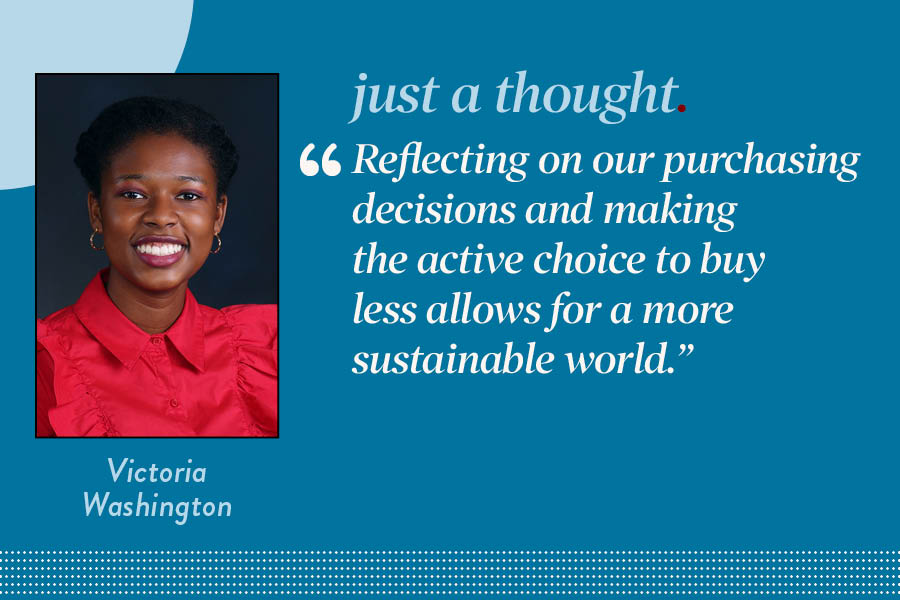Wealth disparity among consumers sustains environmentally detrimental fast-fashion industry
Thinking twice about purchasing decisions and taking initiative are necessary for a more sustainable world.
March 2, 2023
The fast-fashion industry is rapidly growing despite increased coverage and investigation into its exploitative practices and detrimental effects on the environment. An estimated 92 million tons of textile waste is produced annually, according to Earth.org.
While lower-income people are often blamed for the crisis this industry has created, wealth disparities among consumers fuel companies like H&M, Zara and Shein.
Shorter fashion trend cycles contribute to the need for new, cheap clothing each season. A larger underlying issue is the psychological need for anyone to achieve the style of any model or actor through cost-effective clothing. According to an article published by the University of Manchester, fast fashion’s success is driven by social status anxiety and the feeling of inferiority often exacerbated by inequality in Western societies.
The goal of sustainable fashion or the movement against fast fashion shouldn’t be about creating a perfect consumer. The notion of a sustainable consumer is only attainable for the wealthy and many inhabitants of the Global North. Reflecting on our purchasing decisions and making the active choice to buy less allows for a more sustainable world.














Bhawna Singh • Mar 3, 2023 at 10:09 am
Glad that you wrote this article. There is an urgent need of advocating recycling in fashion industry.